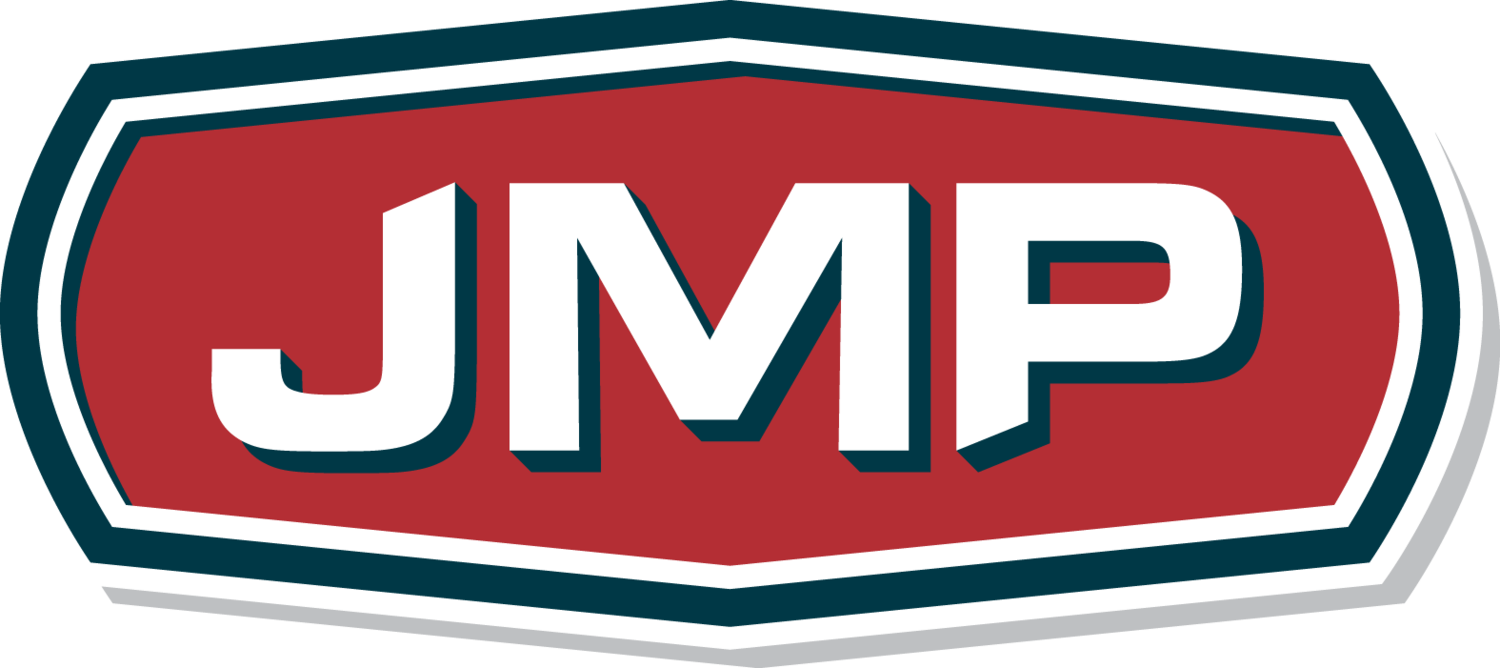Ever have to wait 2 or 3 minutes (or longer) for hot water to arrive at the shower in a hotel room? If you know a little about plumbing design you may assume you’ve had the misfortune of choosing a hotel without a recirculation system. But chances are the hotel does have a recirculation system, it just isn’t properly balanced.
Read MoreApplying recirculation to domestic hot water systems with steam type instantaneous water heaters requires a little extra attention. The challenge is temperature control. Under very low load conditions, instantaneous water heater supply temperatures may fluctuate rapidly – even dangerously. Here’s why:
During periods of light draw, the heater flow rate may become unstable, fluctuating between a minimal/no load draw recirculation flow rate and that same flow rate plus the draw of a single fixture. That’s what happens when a single hotel guest decides to take a shower at 3AM.
Read MoreNot every domestic hot water recirculation system requires a return line. For residential and light commercial applications, there is another way to save water and maintain hot water at the last fixture. It involves connecting a specially designed recirculation pump....
Read MoreDesigning a domestic hot water recirculation system is not typically difficult. In fact, we see the exact same model recirculation pump used in application after application without incident, as this one pump is typically able to meet the minor head and flow requirements of most recirculation systems. That said it is important to work through the proper design procedures for any recirculation system. A little time up front can save a lot time (and money) after the fact.
Read MoreWhether you are thinking of installing a recirculation pump in a 3-bedroom home or designing a recirculation system for a 20-story office building, the role of the recirculation pump is always the same. Clearly, the pump is moving the water in order to keep hot water at or near the tap—but that’s really a simplified explanation of the pump’s role.
Read MoreJMP Equipment Company
Search
Series
Check Out Our Videos!
Get Updates from Us
Visit our Contact Page and let us know what information you'd like to receive.
Contact About Videos Sign Me Up
Powered by Squarespace


